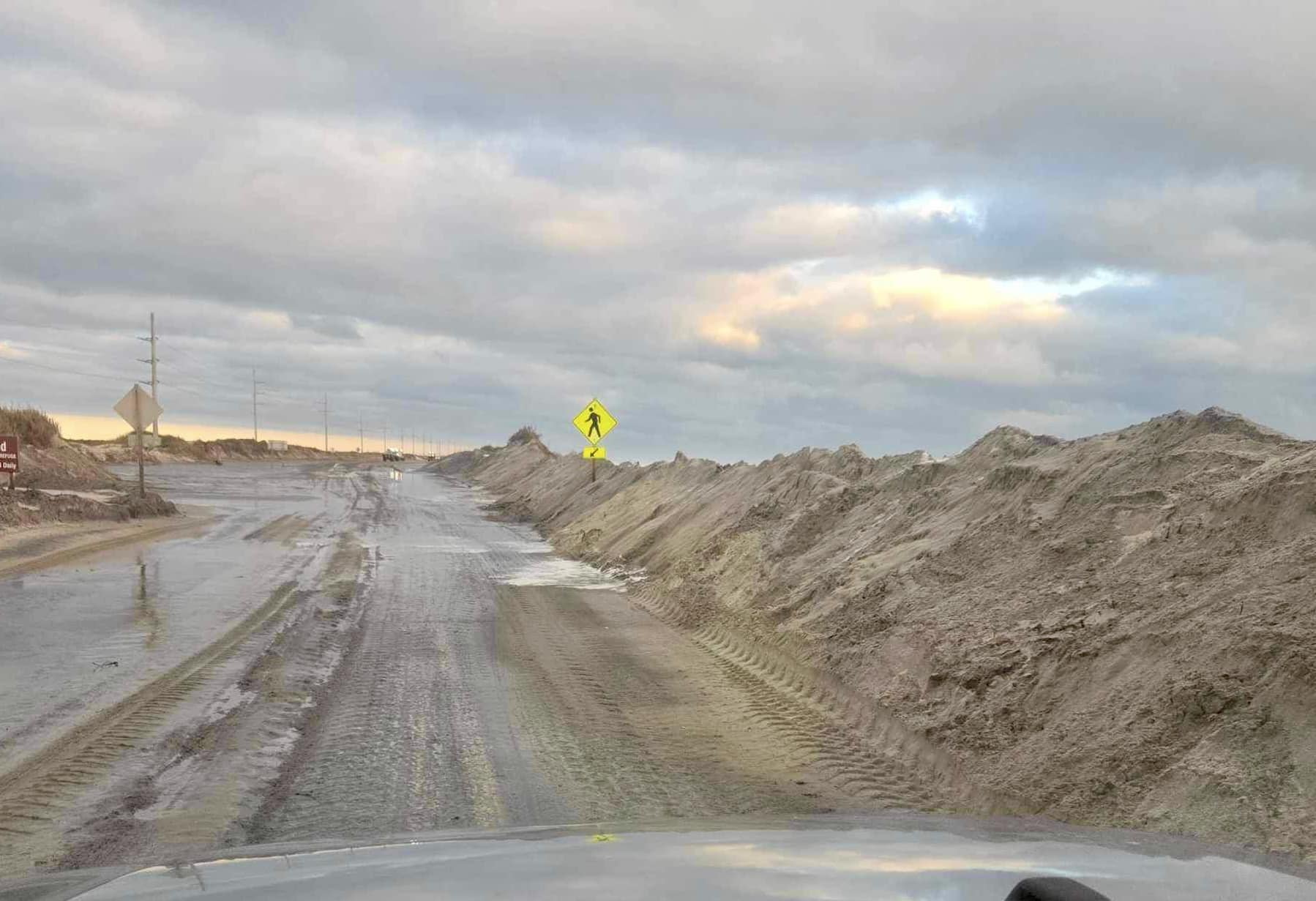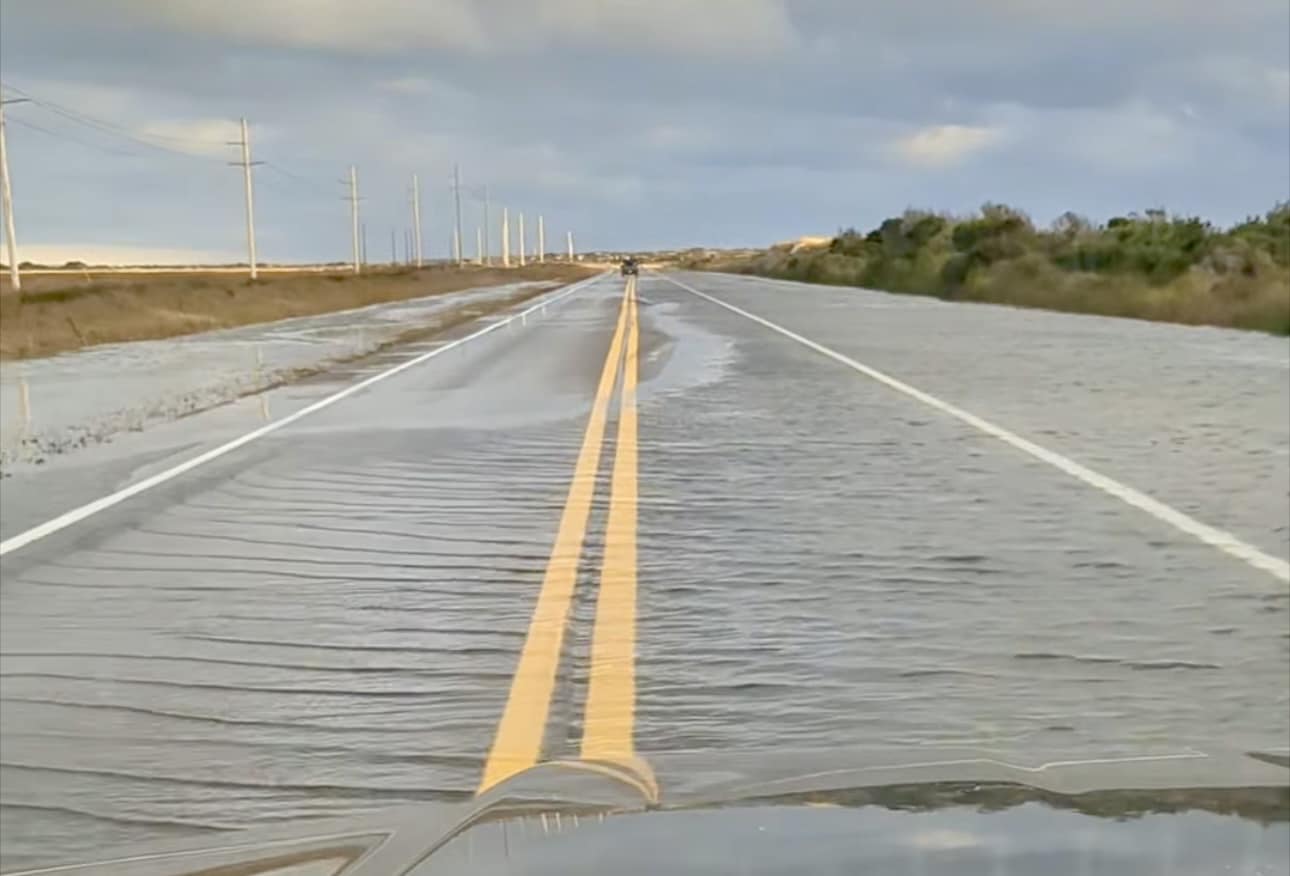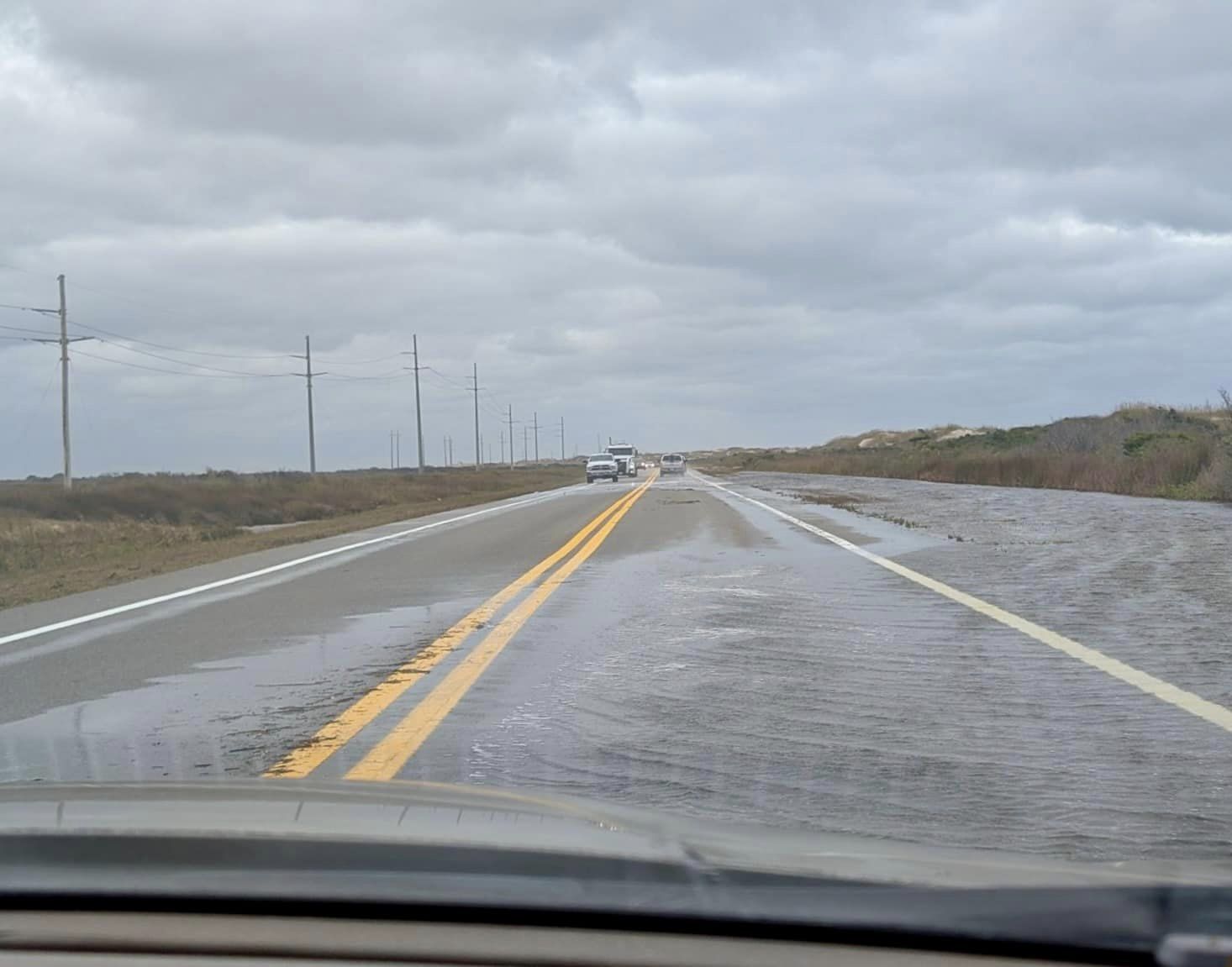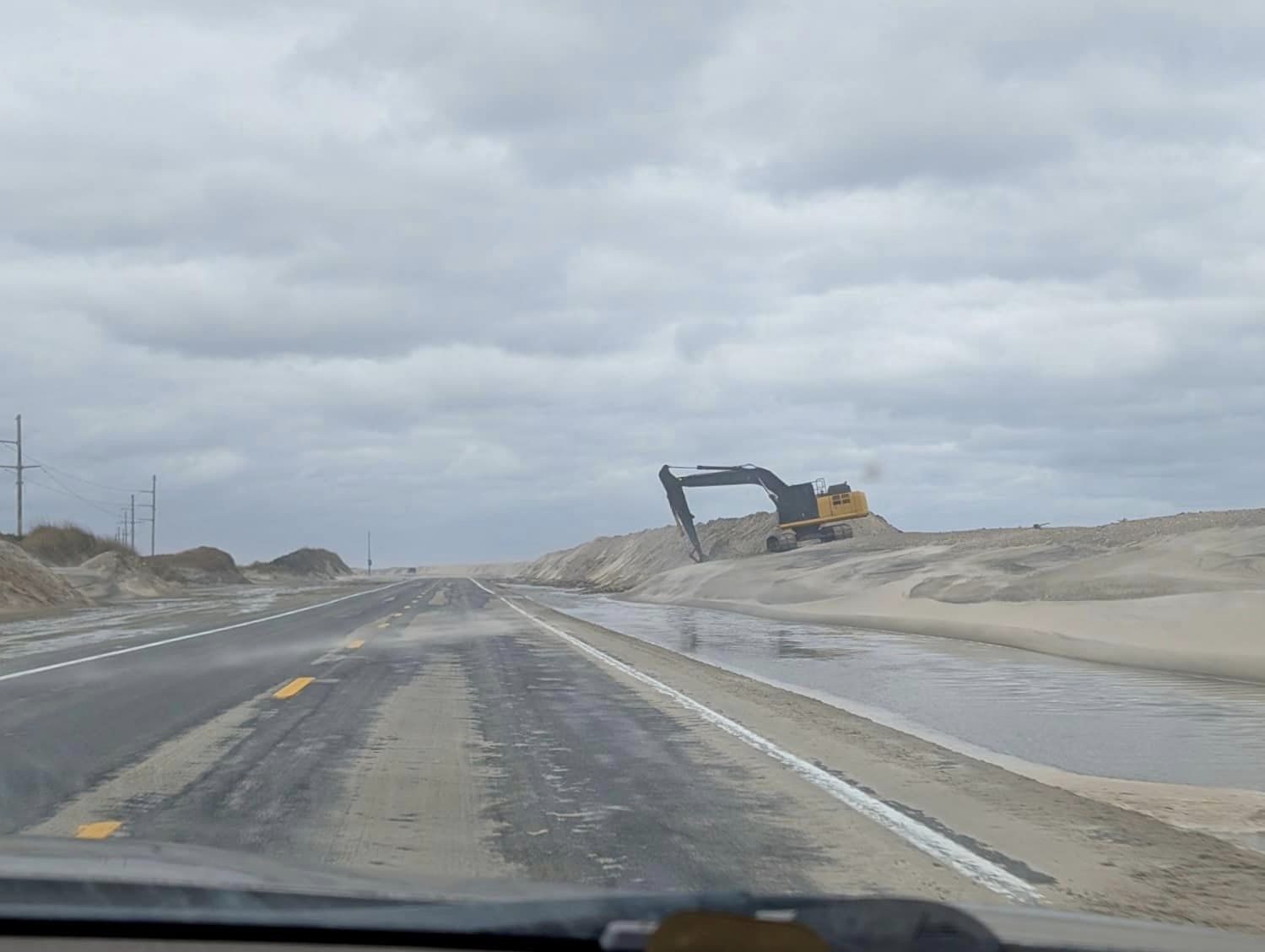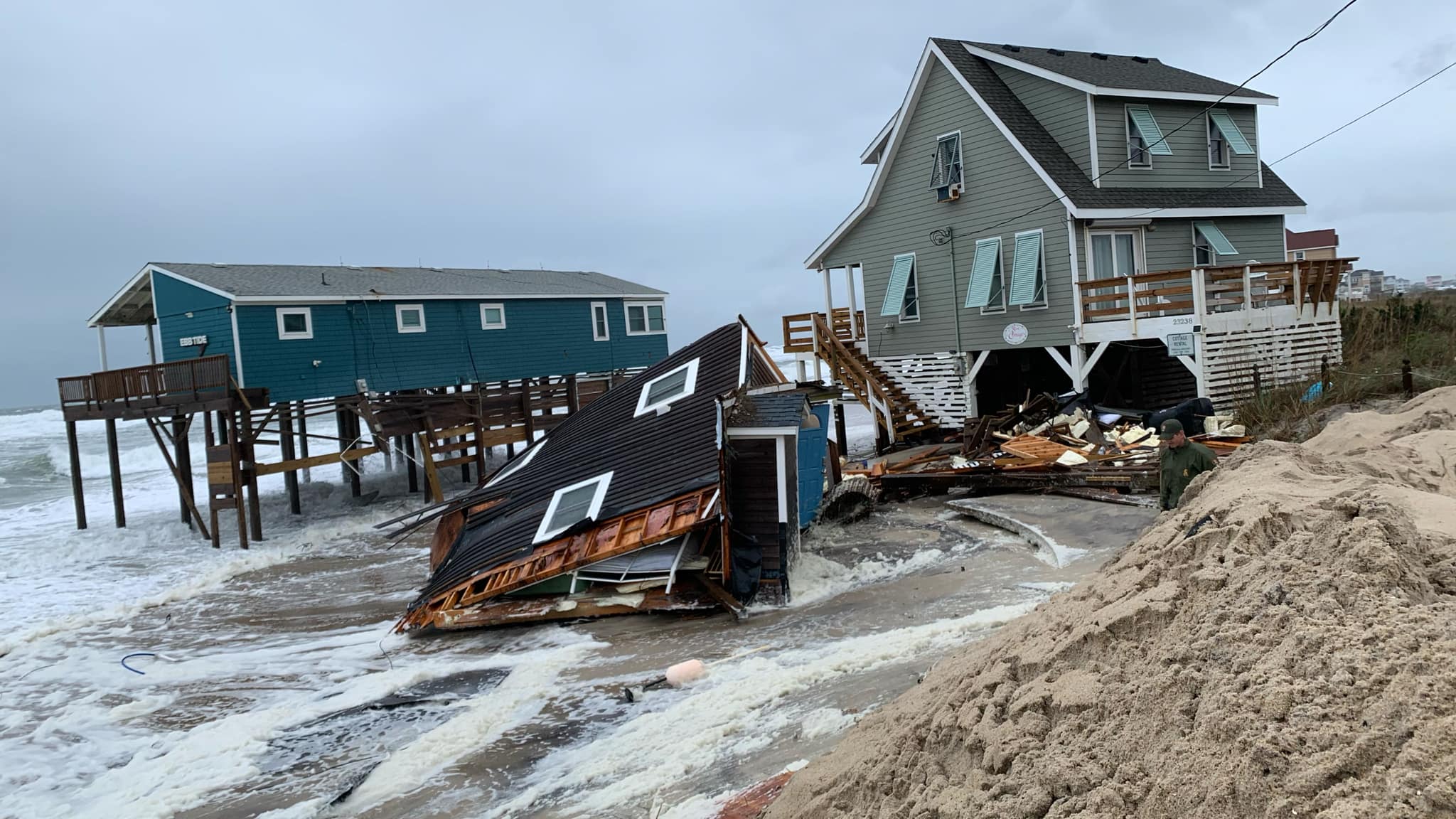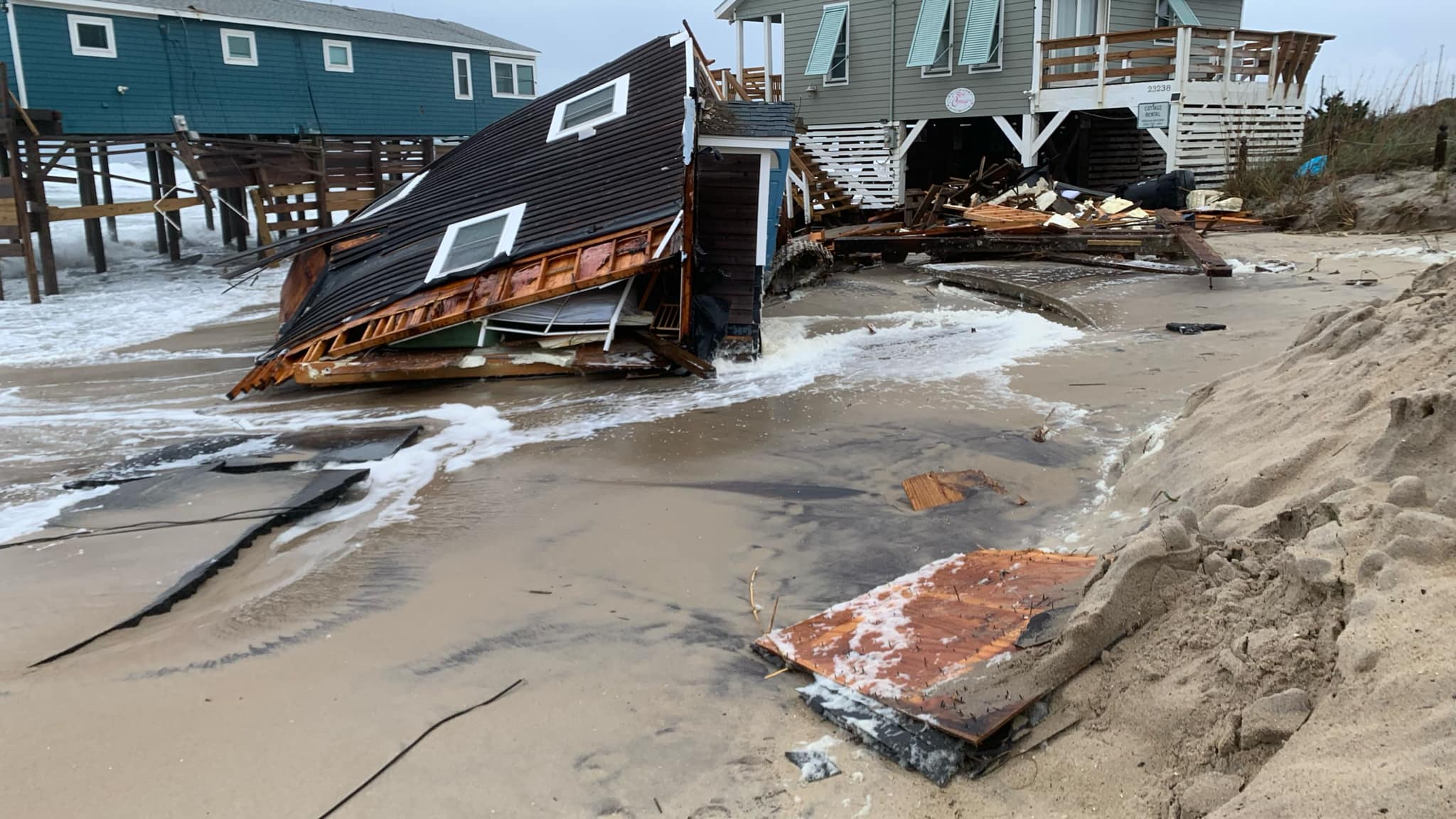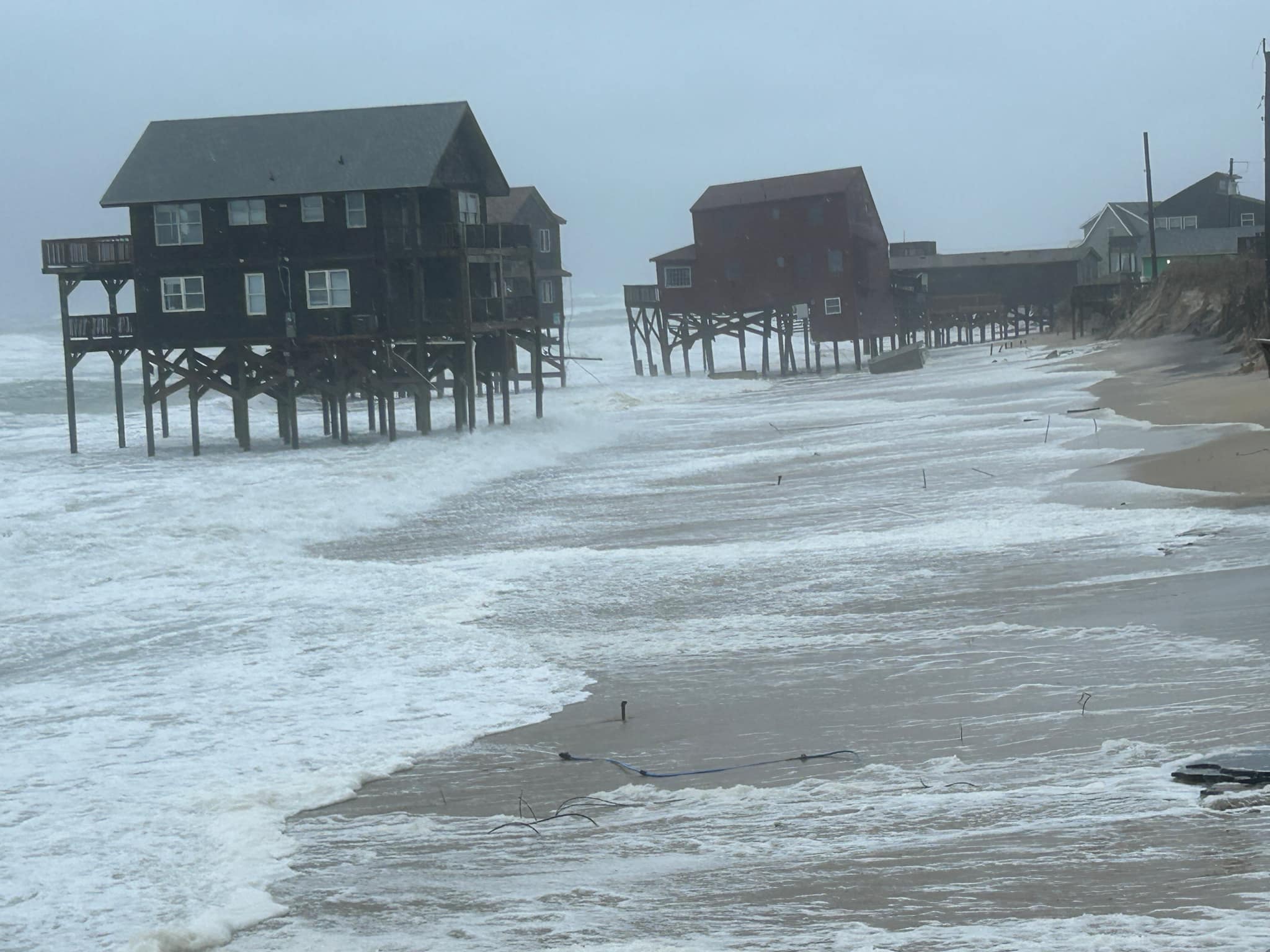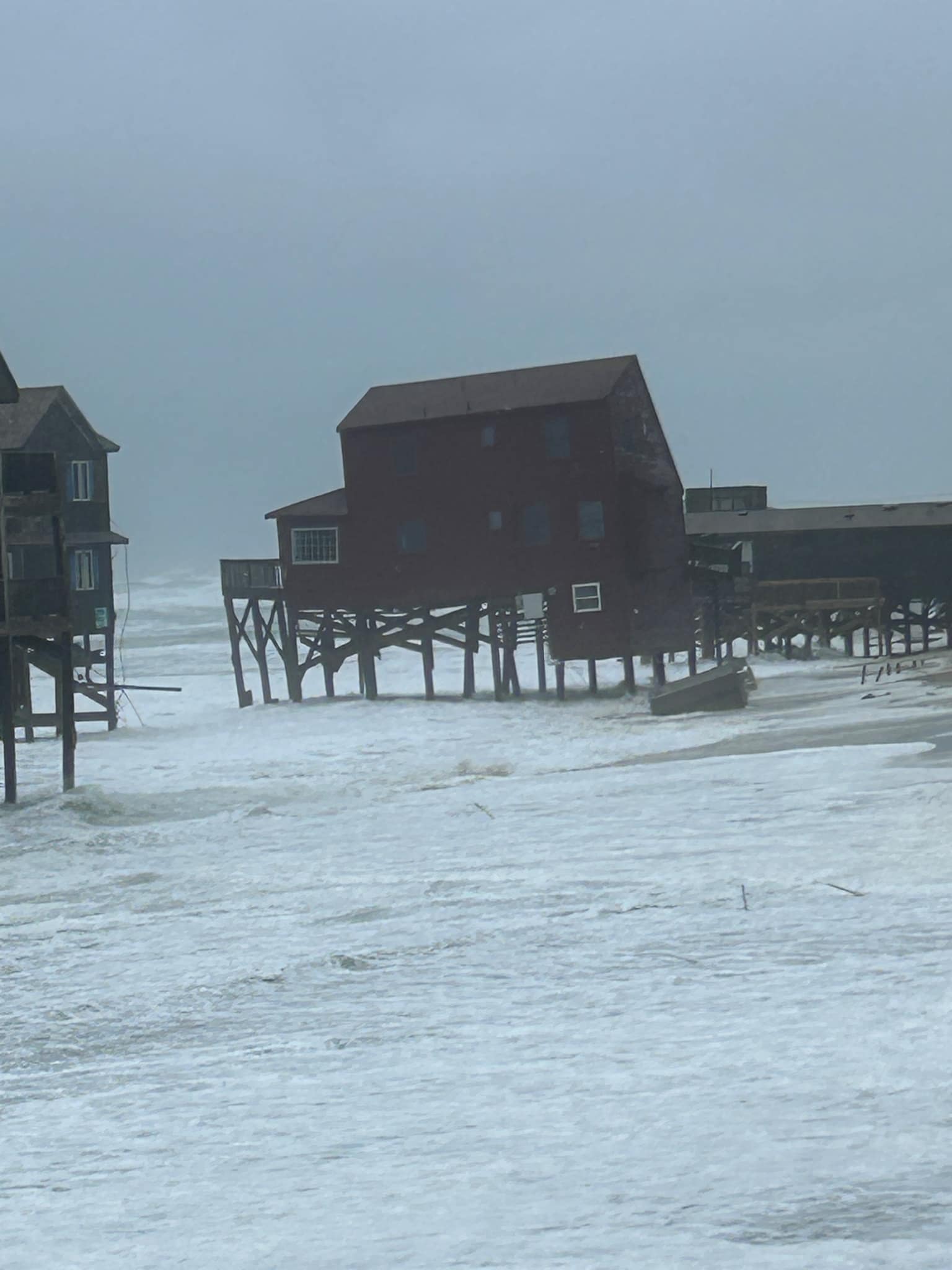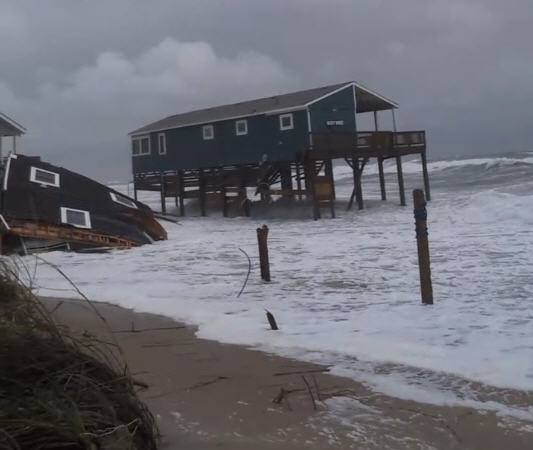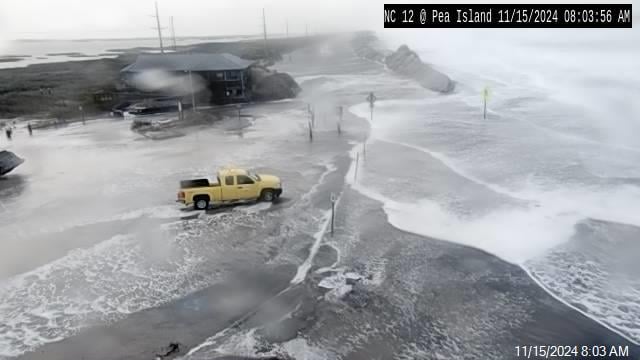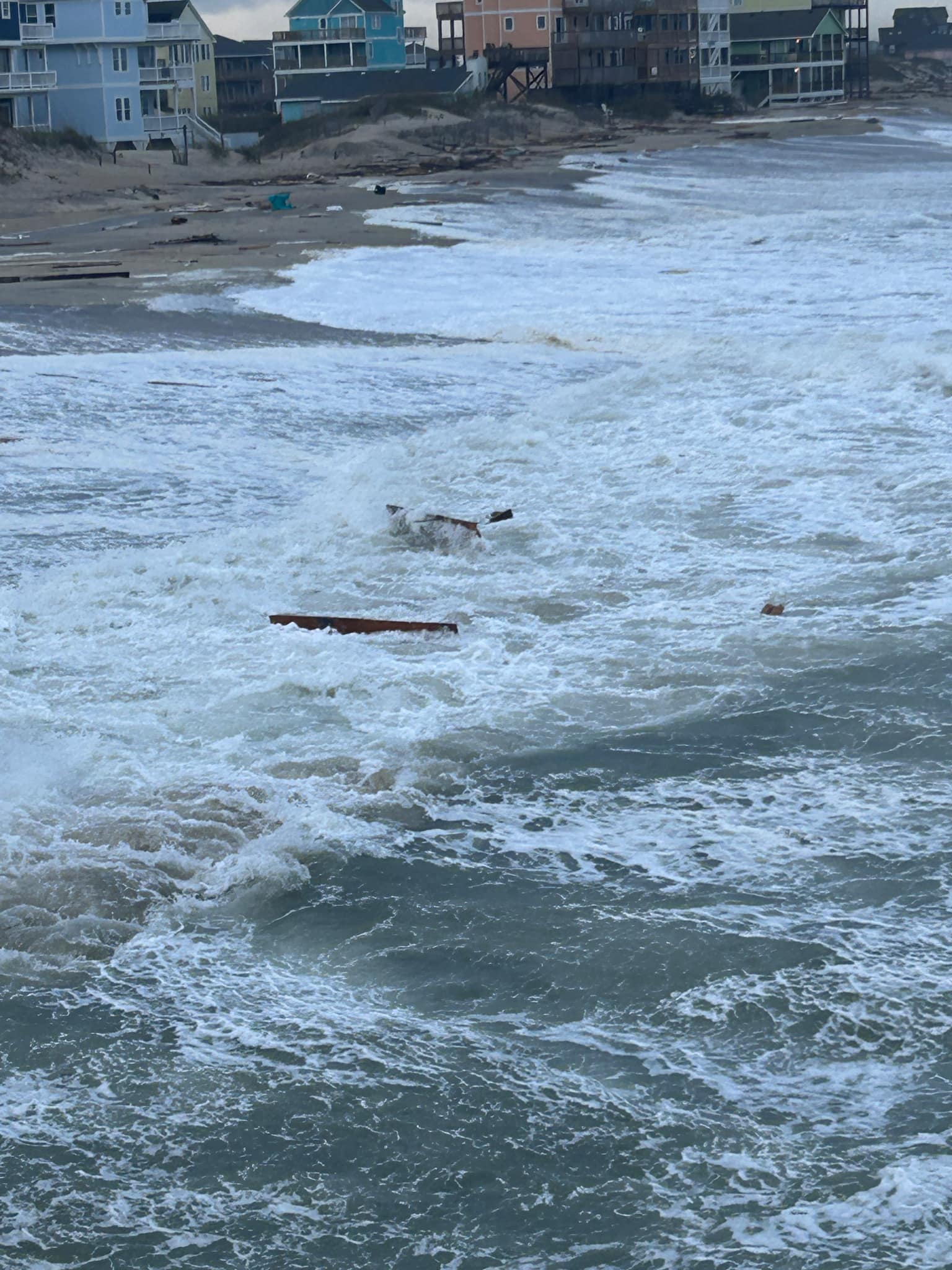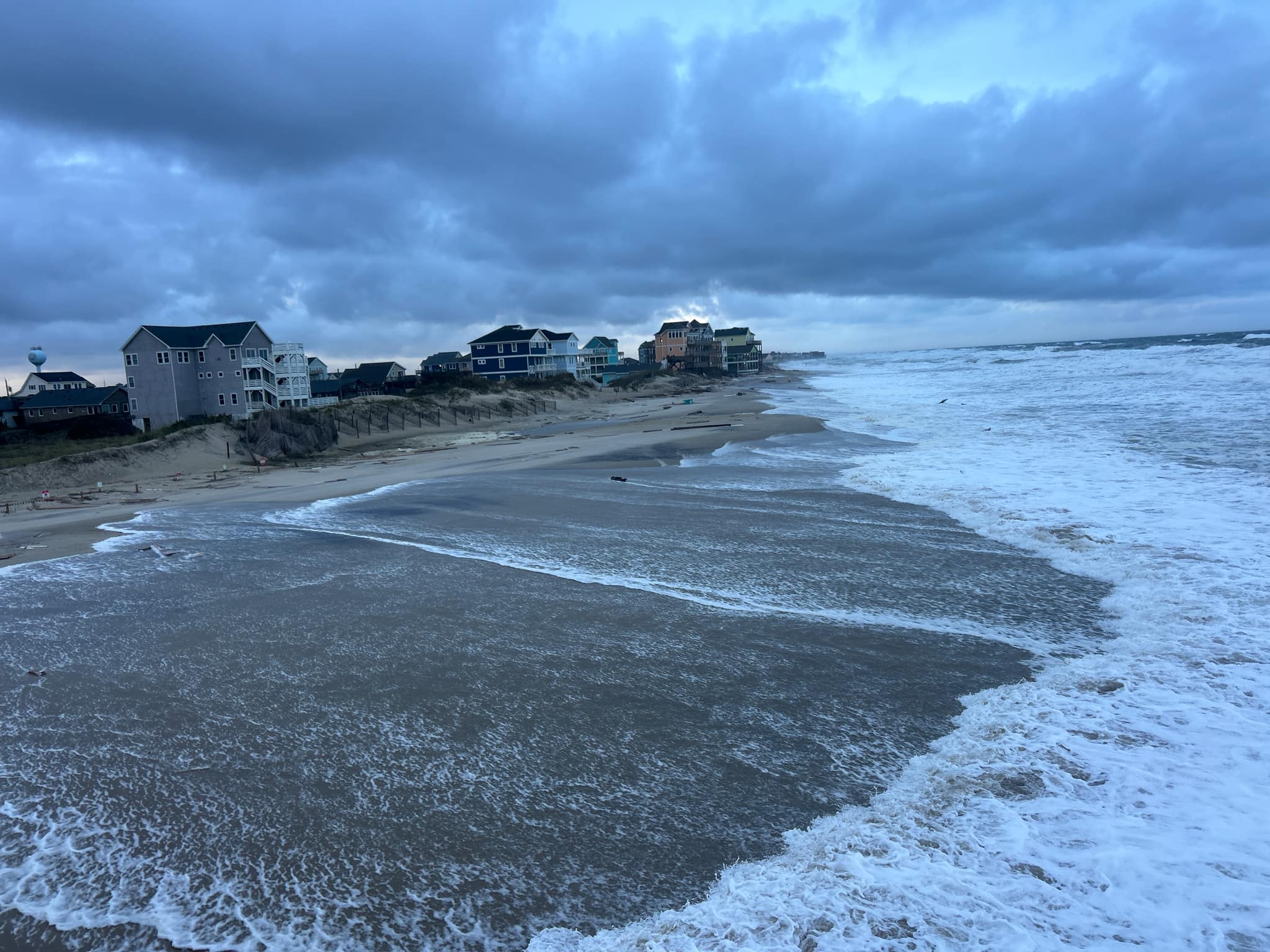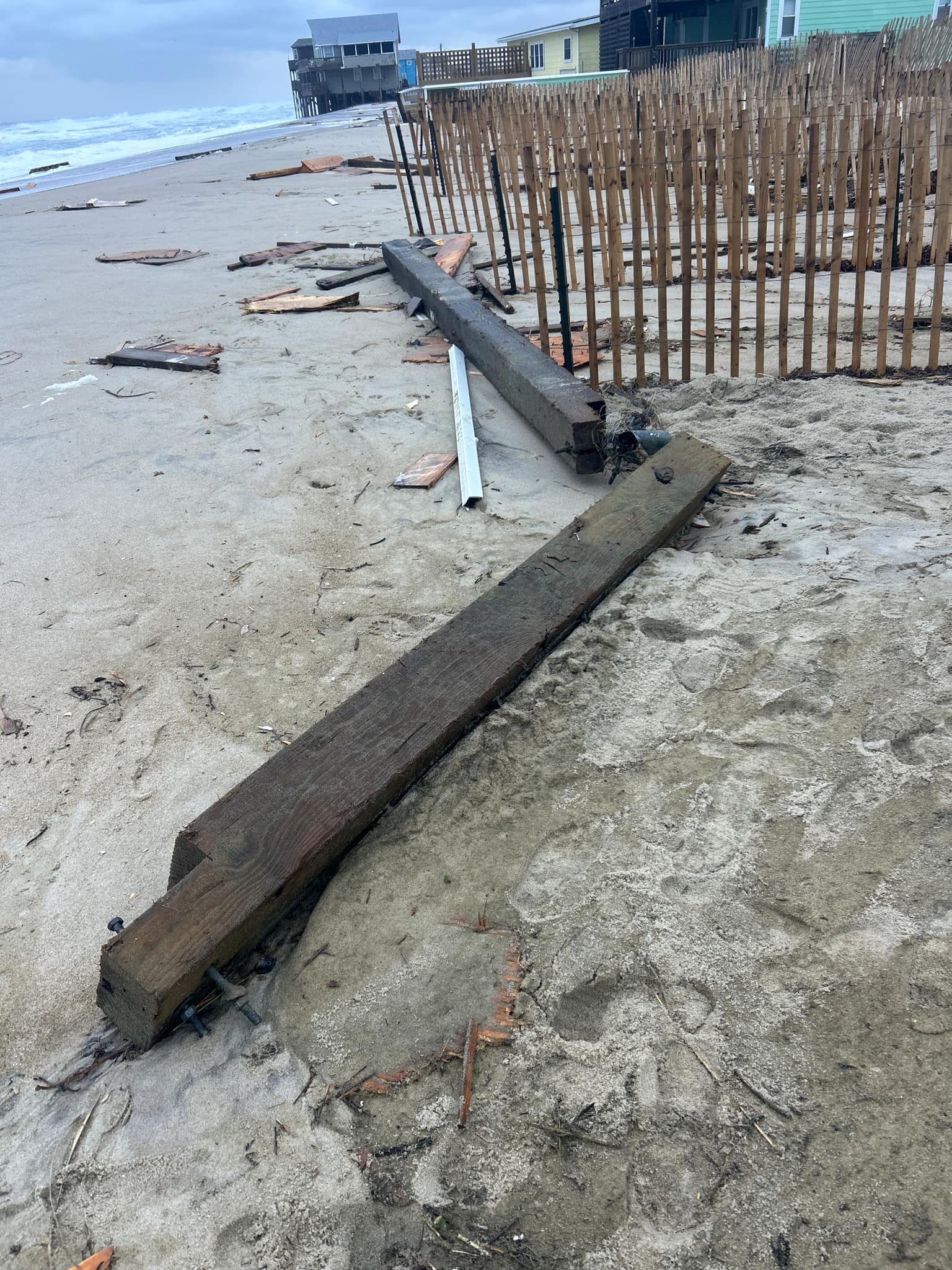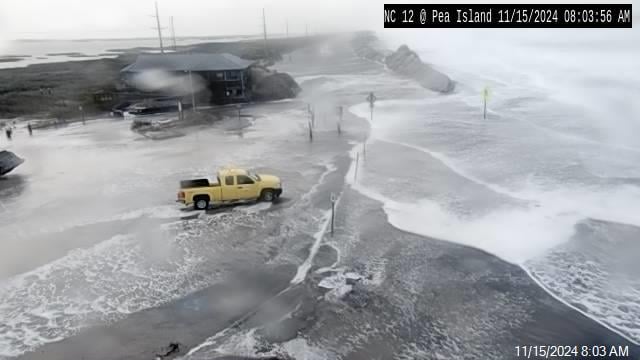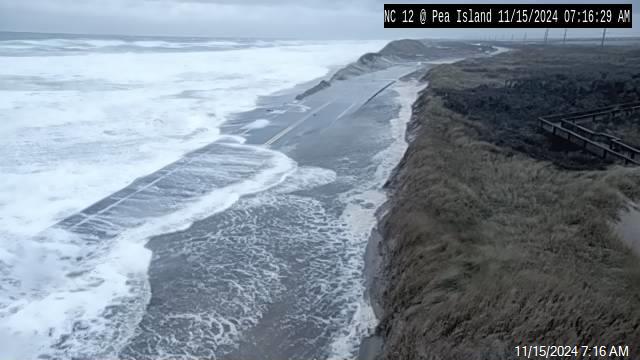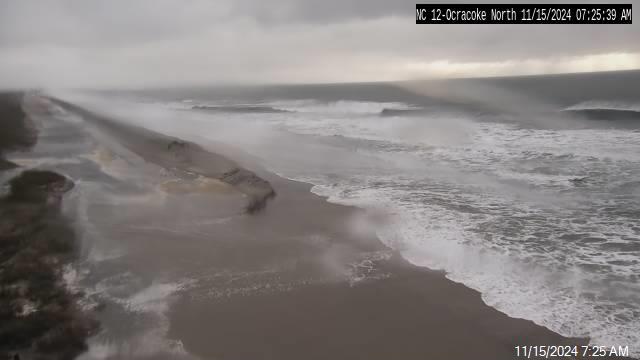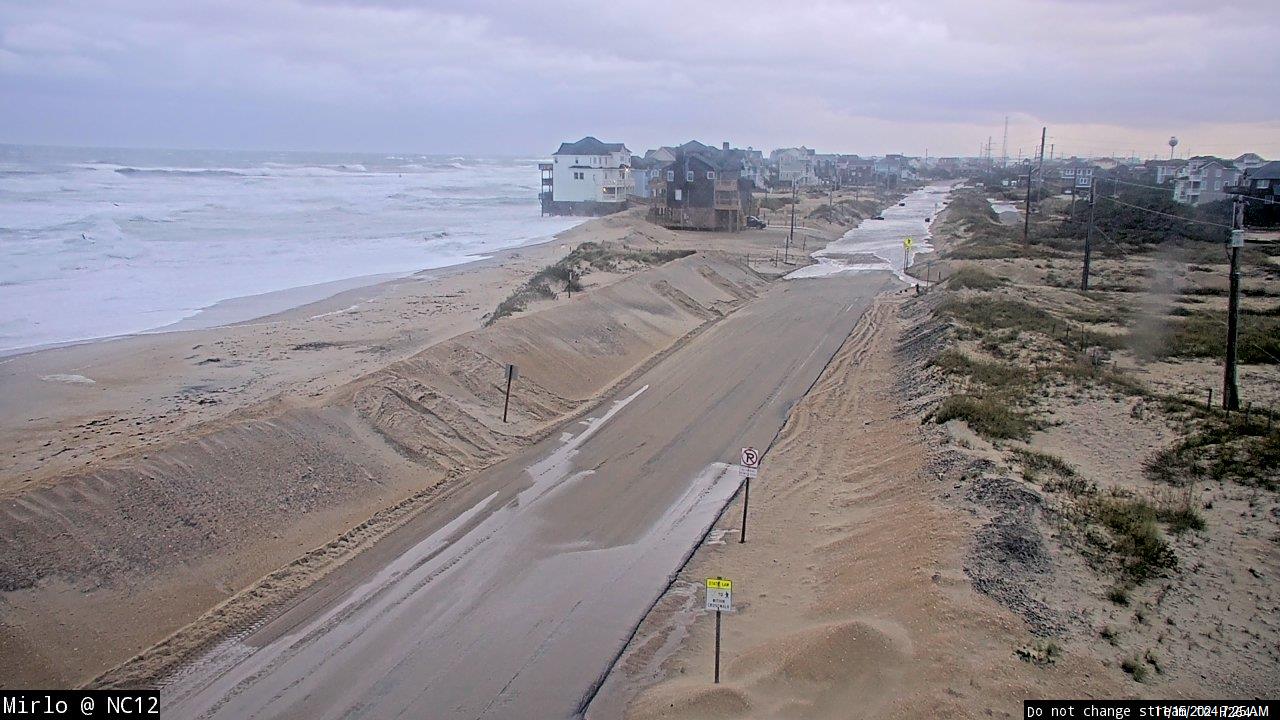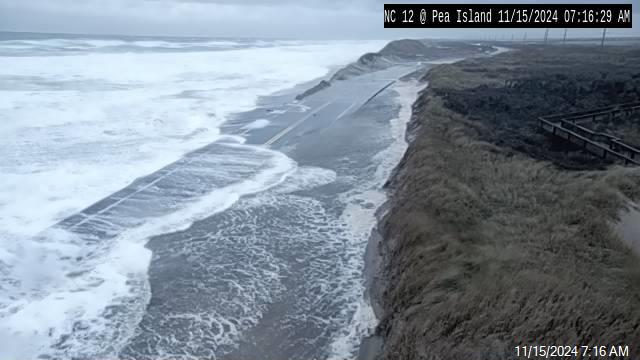Seashore has another record year for sea turtle nests
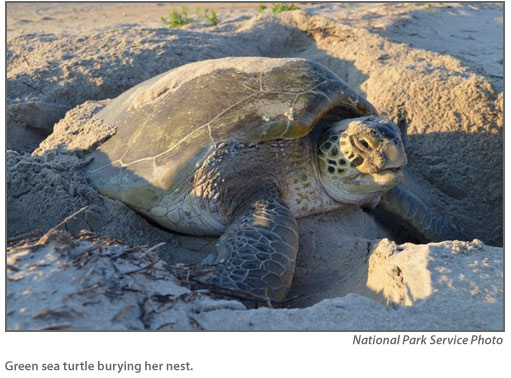
Sea turtles are having a banner year on the Cape Hatteras National Seashore and beyond.
The National Park Service announced this week that, as of Aug. 10, the number of turtle nests on the seashore had reached 310, breaking the record of 289 nests set last year.
The NPS says that the 310 reported by resource management staff comprise nearly 20 percent of the 1,555 nests currently reported in the State of North Carolina.
Loggerhead sea turtles are the most common nesting sea turtles that appear at the Cape Hatteras National Seashore, and make up 300 of the 310 total nests that have been recorded this year. An additional seven are green sea turtles, one nest is a Kemp’s ridley sea turtle, and two nests are currently unknown.
The high number of sea turtle nests appears to be a trend all along the Eastern Seaboard, according to data from http://seaturtle.org/, which actively monitors sea turtle nests all around the world. As of Aug. 10, the site reported a total of 13,454 nests around the globe, which are primarily concentrated on the East Coast.
Other turtle hot spots that are also having banner or record-breaking years include coastal Georgia, South Carolina, and other North Carolina beaches. For example, the Wassaw National Wildlife Refuge in Georgia has reported 332 nests, which is up from 218 in 2015, while the neighboring Cape Lookout National Seashore in NC has reported 333 nests, which is up from 247 in 2015 and 128 in 2014.
Recently, the South Carolina Department of Natural Resources (DNR) also noted that the state’s sea turtle nest numbers had surpassed the record high of 5,198 nests set in 2013. The number of nests laid in 2015, 5,111, was exceeded in mid-July, with several weeks still left in the season. South Carolina biologists who monitor sea turtles were optimistic that the high nest numbers represented the pay-off of decades of conservation efforts — and could translate to indications that the recovery of the loggerhead, the most common sea turtle in the Carolinas, is on track.
Michelle Havens, the chief of resource management for the NPS Outer Banks Group, also states that the record numbers in Cape Hatteras are likely due to conservation efforts, and not weather or environmental events.
“I like to think that the increase is because of the recovery efforts over the last couple of decades, which are starting to pay off,” she says. “The warmer weather more or less affects the season and how quickly the hatchlings come out, but not necessarily the number of nests.”
She also says that the addition of ORV corridors in 2016 has helped keep more beaches open, despite the record high number of sea turtle nests.
“We’ve had almost 20 ORV corridors in front of nests and expect more to come,” she says. “They’ve been a tremendous success in allowing access to areas where the beach would have otherwise been closed.”
Given the record high number of nests, the National Park Service urges the beach-going public to be aware of nesting activity or hatchlings while visiting the seashore.
If you see sea turtle tracks, nesting activity, or hatchlings, please notify park biologists by calling the Cape Hatteras National Seashore hotline at 252-216-6892. NPS biologists closely monitor the beach for sea turtle nesting activity, as well as the nests themselves once they have been identified.
Once a nest is no longer occupied, biologists then excavate the nest to document how many eggs have hatched by digging up the nest, counting empty eggshells, and collecting un-hatched eggs for research. Live hatchlings are also occasionally found during these excavations.
When a nest is nearing the time of hatching, volunteers step in to keep watch and ensure everything goes smoothly. Often, the local volunteers will also set up viewing areas so that the public can watch as a hatching occurs, although flashlights, cell phones, cameras, and any other false light source that can derail the hatchlings are not permitted.
Persons interested in finding out when and where a nest excavation or release of hatchlings will take place can call the excavation program hotline at 252-475-9629. Because of the unpredictability of sea turtle hatchings, notice of these excavation programs will usually occur only one day in advance, so NPS advices that the public check the hotline often.





